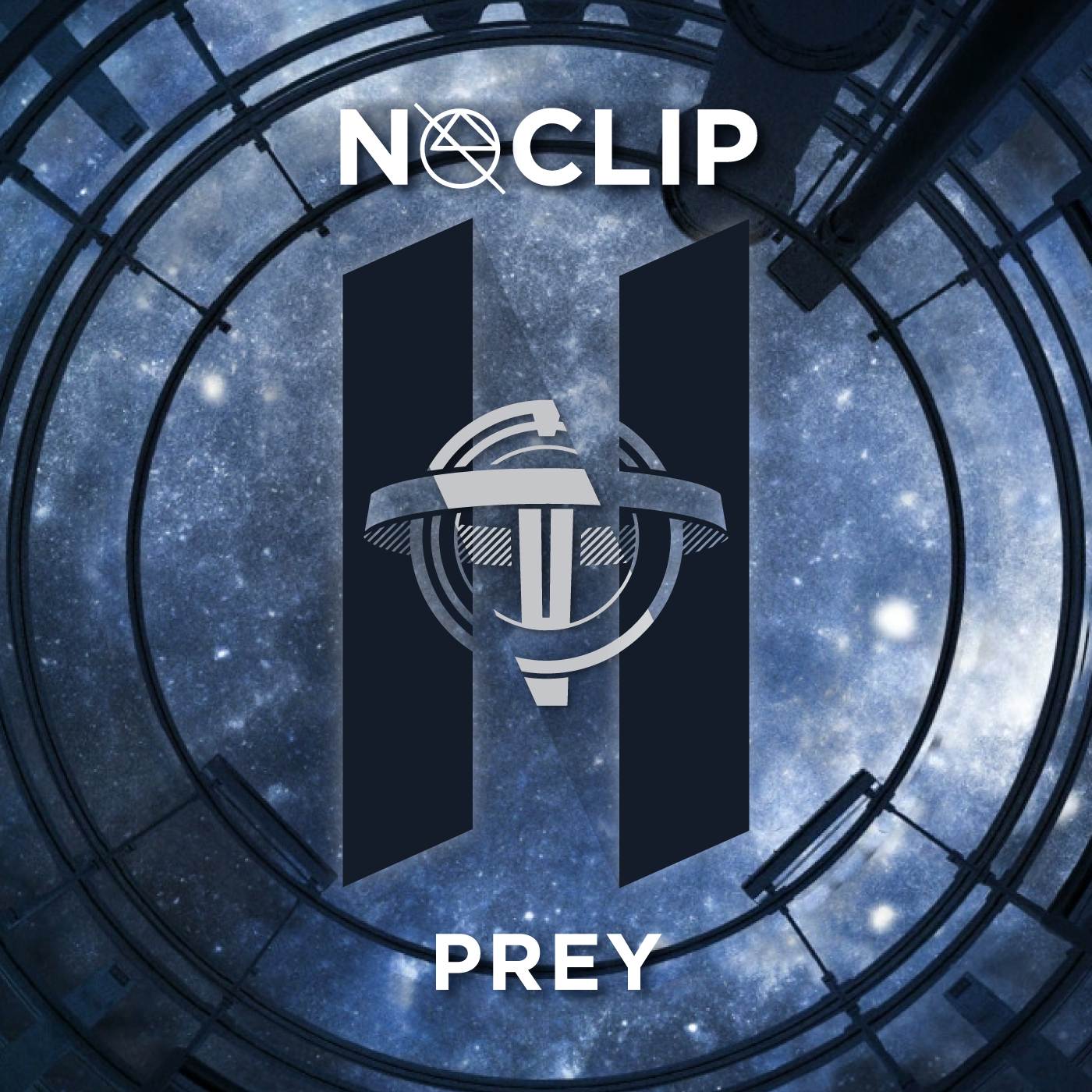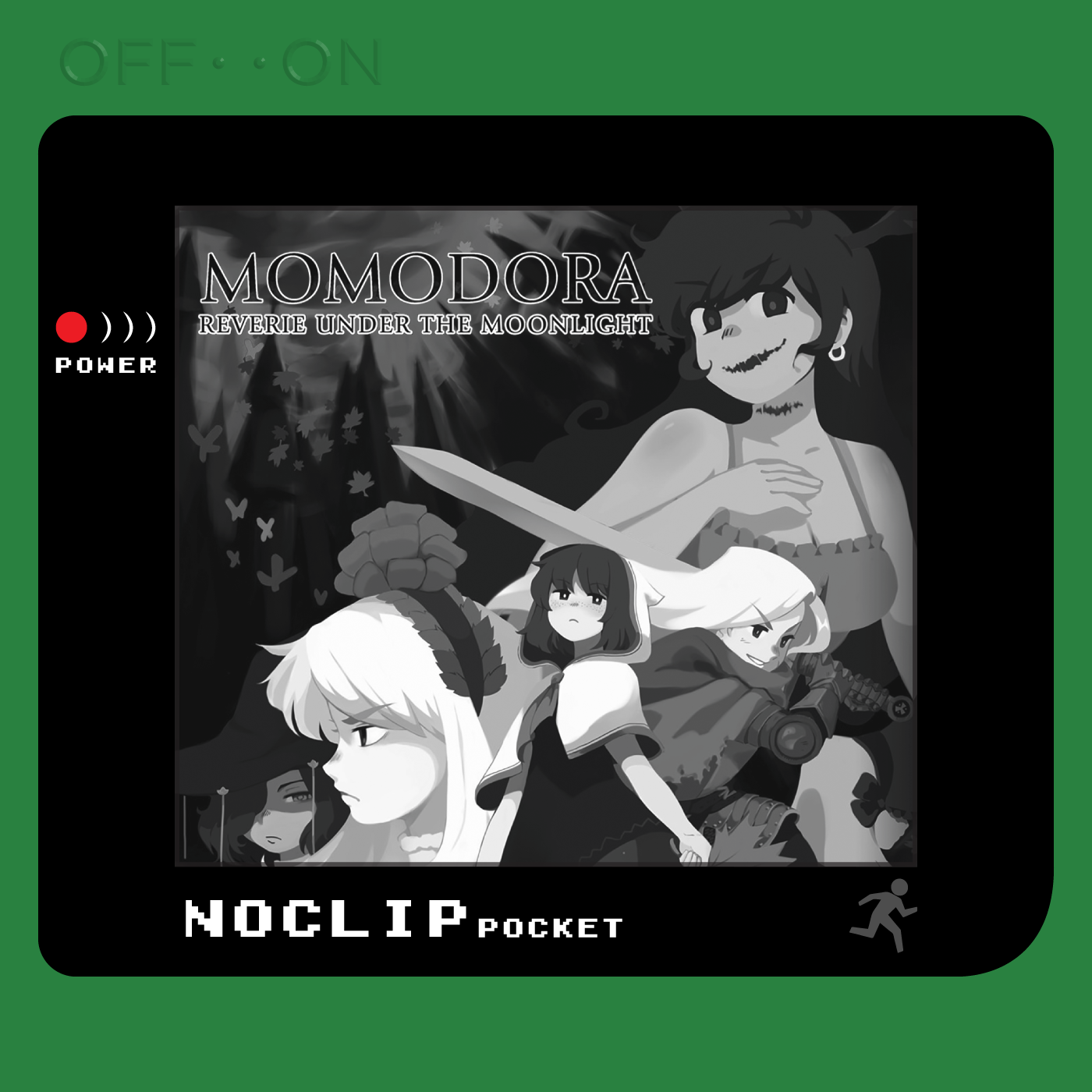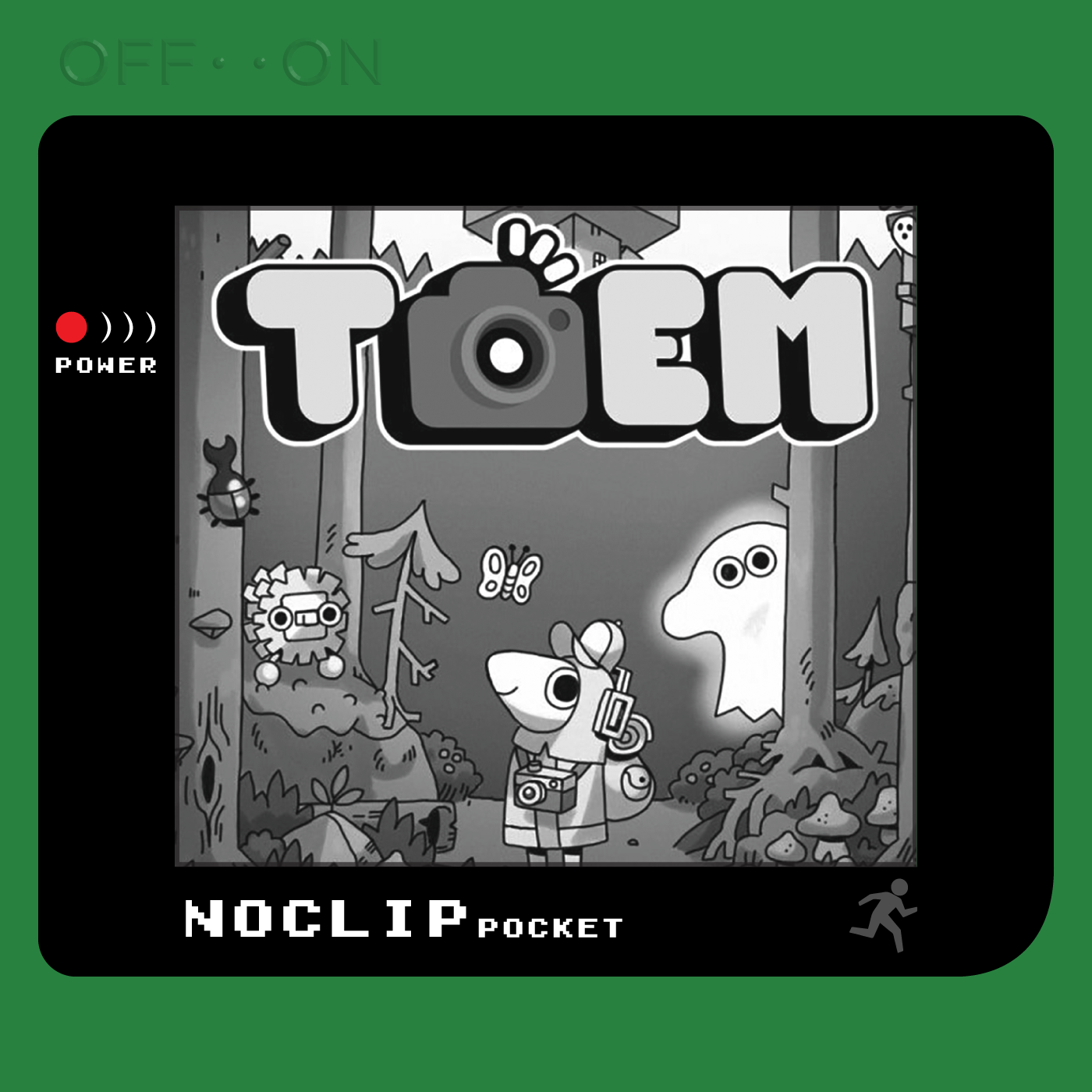To slay the podcast, use the magic sword!
Welcome to NOCLIP Pocket! Today, we’re going to be talking about Dragon’s Lair and it’s sequels and spinoffs, which were all developed for arcades and use the animation of Don Bluth. The animation is really the selling point of these games, and if you can put yourself in an arcade in the 80s, you can imagine how these would stand out. The hand drawn animation recalls Bluth’s movies and makes up most of what appears on screen, with the only UI elements being a score display and the flashing yellow indicators to show players what to press. The other half of the game is a mechanic set that involves pressing one of four directions or a button to ensure Dirk is headed down the correct path. Simplicity was pretty normal in games at the time, but the incredibly punishing timing windows makes it fairly clear that in addition to the hard work put into making the animation look as good as it does, a decent amount of work was also done to make the game good at vacuuming quarters out of the pockets of children. In the modern era, this game is like a turbo version of Simon Says, but is still interesting to look at nonetheless. We’re going to be talking about visual fidelity and the art of appealing animation, the differences and similarities between the three games in this spiritual series both mechanically and in the way they tell a story with their short animations, and the abject chaos that is Dragon’s Lair 2: Time Warp.
Thank you for joining us this week! We love a weird one, and this one was pretty strange. Though the design intention was pretty easy to suss out, it was still fun to take a look at a game that is this old in comparison to what we’re usually playing. Are you old enough to have played this back in the arcade days, or have you given it a look more recently with the collection release? Did you watch this game on YouTube because playing it seemed like a really tedious effort? Let us know in the comments, or over on our Discord server! As we enter a new month, next time we’re going to be talking about Ape Escape, a classic PS1 title about apes…who have escaped. Pretty straightforward.





















